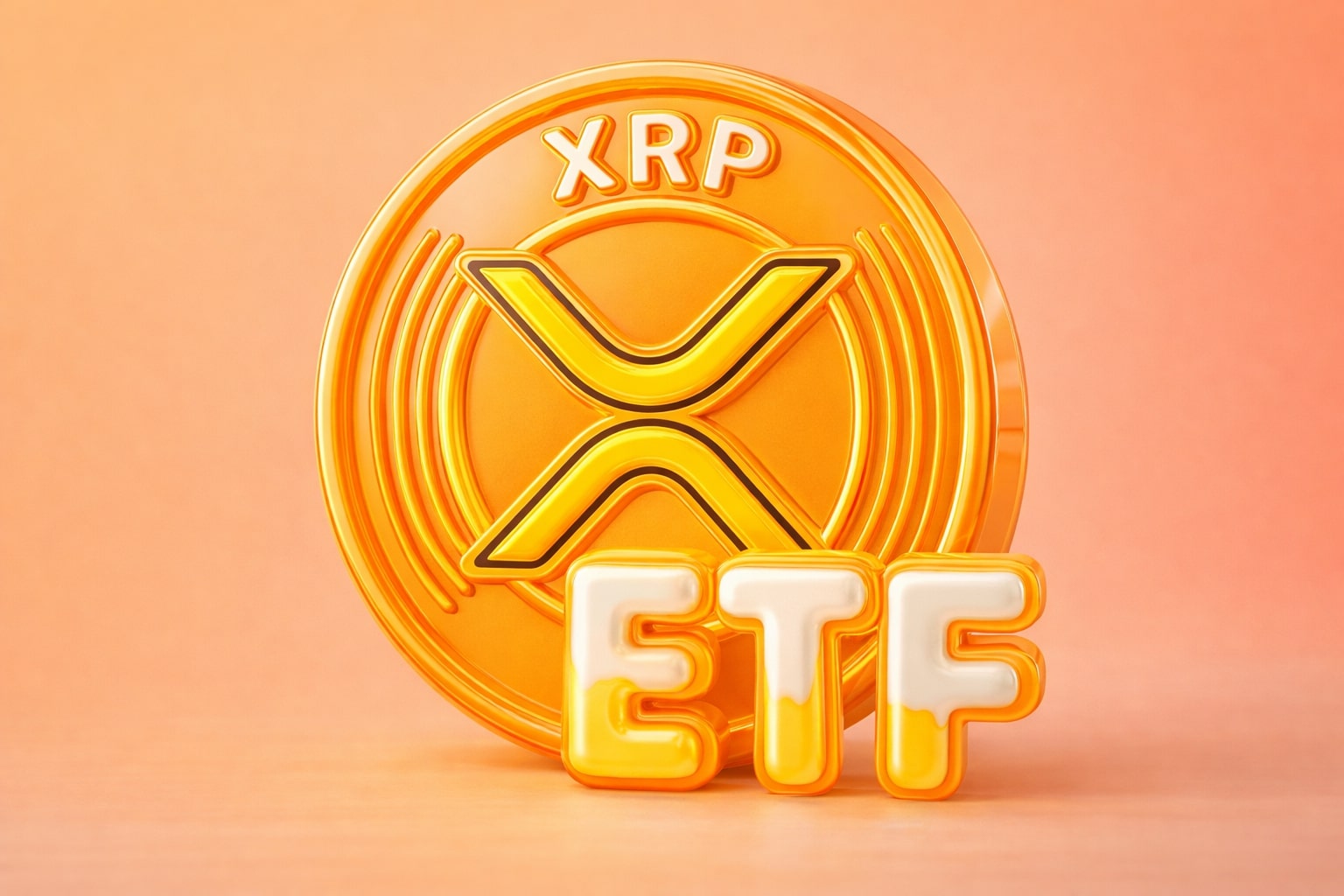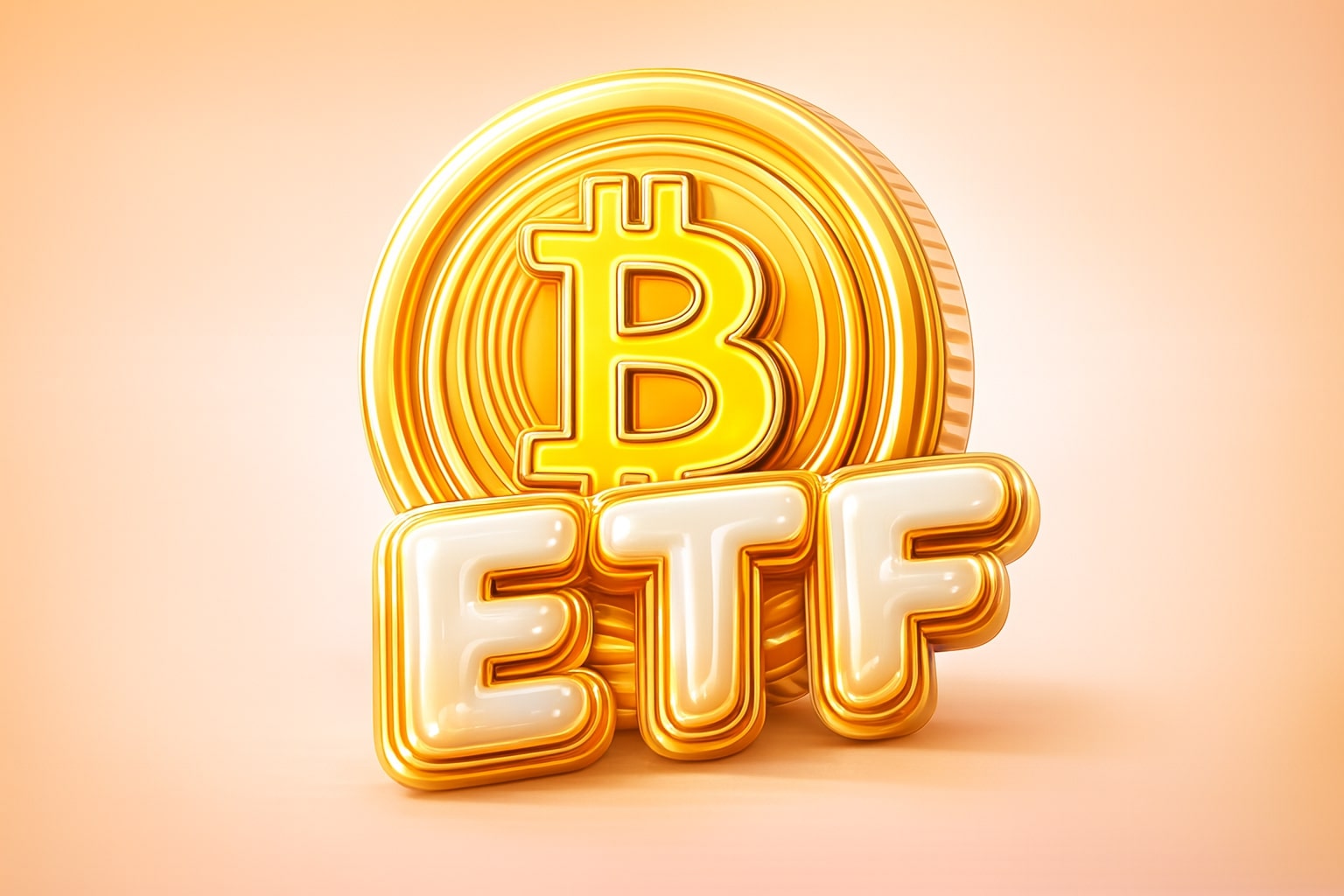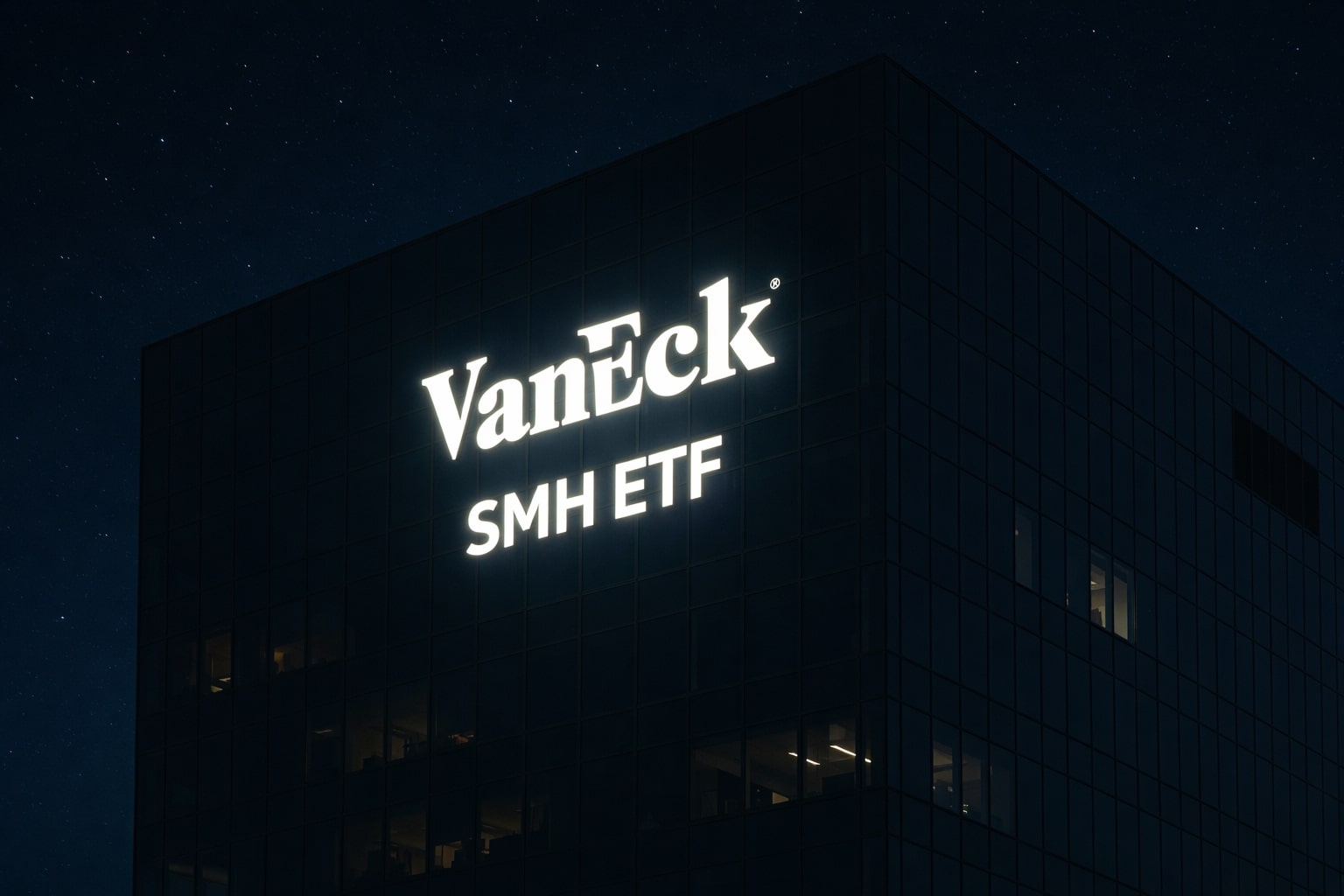
Bitcoin ETFs Bleed $1.1B As BTC-USD Crashes To $92K And IBIT Suffers A Massive $532M Outflow
With BTC-USD sliding nearly 10% to $92,000, Bitcoin ETFs record one of their worst weeks ever | That's TradingNEWS
Bitcoin Etf Outflows Hit A Breaking Point As Btc-Usd Slides Toward 92,000 Dollars
The main fuel behind BTC-USD’s surge earlier in the year has reversed violently. US spot Bitcoin ETFs drained roughly one point one billion dollars in a single week, marking one of the largest weekly redemptions since launch. This pressure synchronized with BTC-USD dropping about ten percent into the ninety-two to ninety-six thousand dollar area, proving that the same products that once amplified upside are now intensifying the downside. Instead of institutional accumulation, the market is seeing structural deleveraging at the ETF layer as liquidity conditions tighten and macro catalysts disappear.
Ibit Suffers Over 532 Million Dollars In Redemptions As Arbitrage Funds Unwind Their Bitcoin Basis Trades
BlackRock’s IBIT absorbed the harshest impact, losing more than five hundred thirty-two million dollars across the week. The critical takeaway is not just the size of the outflow, but the type of investor driving it. Hedge funds and bank trading desks using IBIT were not expressing long-term conviction on Bitcoin. They were exploiting the basis trade, purchasing IBIT shares while shorting CME Bitcoin futures to capture the spread. As futures spreads compressed sharply through November and US rates eased, the return profile vanished. That forced funds to unwind both sides of the trade, producing aggressive selling pressure that has nothing to do with long-term sentiment.
Institutional Selling Spreads To Fbtc Bitb Btco Ezbc Btcw And Gbtc As Liquidity Tightens
Redemptions extended far beyond IBIT. Fidelity’s FBTC closed the week with around eighty-nine million dollars in withdrawals, while Bitwise’s BITB lost nearly forty million dollars. Invesco’s BTCO saw more than thirty million dollars flow out, and WisdomTree’s BTCW shed roughly six million dollars in a single day. Franklin’s EZBC posted over five million dollars in redemptions. Grayscale’s GBTC mini products added over one hundred million dollars of selling pressure. The only ETF printing a small positive was ARKB from Ark and 21Shares with an inflow barely above one and a half million dollars, which did nothing to counter the eleven-hundred-million-dollar combined bleed across the ecosystem.
Etf Flows Create The Illusion Of Institutional Buying As Arbitrage Drives Both Inflows And Outflows
Many retail traders misread ETF flow as direct institutional belief in Bitcoin. The reality is much more mechanical. When the basis between ETFs and CME futures widens enough, hedge funds buy ETF shares and short futures simultaneously, creating the appearance of strong inflows. When that basis narrows, the trade no longer pays, and the same institutions unwind positions, producing the impression of mass selling. This explains why Bitcoin rallied earlier this year even as dollar liquidity tightened, and why it is now falling sharply despite no major structural deterioration in network fundamentals. ETF flow is not sentiment; it is arbitrage math.
Macro Liquidity And Fed Policy Replace Etf Momentum As The Dominant Driver Of Btc-Usd
With ETF inflows weakening, Bitcoin’s ability to decouple from macro pressure has vanished. Matrixport’s commentary that the market is now entering a “mini bear phase” reflects the convergence of weaker ETF demand, reduced long-term holder participation, and a lack of immediate Federal Reserve catalysts. Michael Saylor’s corporate accumulation, which had previously offset liquidity softening, has slowed dramatically. The result is BTC-USD sliding into a critical ninety-two-thousand-dollar support belt where liquidity pockets thin out. Without a shift in rate expectations or renewed ETF accumulation, Bitcoin remains exposed to deeper retracements.
Solana Etfs Post 46 Million Dollars Of Fresh Inflows As Bs0l And Gsol Diverge From Bitcoin’s Redemptions
While Bitcoin ETFs bleed, the Solana ETF complex continues to attract capital. Bitwise’s BSOL pulled in nearly thirty-four million dollars in new money, and Grayscale’s GSOL added more than twelve million dollars, creating a combined weekly net inflow of roughly forty-six million dollars. These flows capped a streak of thirteen consecutive days of positive demand for Solana products. Even though SOL-USD fell about fifteen percent on the week, institutions appear to be reallocating toward assets that show stronger ecosystem momentum and narrative strength. Rather than a mass exodus from crypto, capital is rotating into selective exposure.
Read More
-
SMH ETF: NASDAQ:SMH Hovering at $350 With AI, NVDA and CHIPS Act Fueling the Next Move
16.12.2025 · TradingNEWS ArchiveStocks
-
XRP ETFs XRPI and XRPR: Can $1B Inflows Lift XRP-USD From $1.93 Back Toward $3.66?
16.12.2025 · TradingNEWS ArchiveCrypto
-
Natural Gas Price Forecast: NG=F Falls to $3.80–$3.94 as Warm Winter Kills $5.50 Spike
16.12.2025 · TradingNEWS ArchiveCommodities
-
USD/JPY Price Forecast - USDJPY=X Slides, BoJ 0.50% Hike, Fed Cut and NFP Set the Next Big Move
16.12.2025 · TradingNEWS ArchiveForex
Ether Etfs Suffer Another 177 Million Dollars In Outflows As Eth-Usd Slides Toward The 3,000 Dollar Zone
Spot Ether ETFs also remained under selling pressure, recording around one hundred seventy-seven million dollars in withdrawals during a single session, completing four straight red days. Across all major Ether ETFs, weekly outflows reached roughly seven hundred twenty-nine million dollars. ETH-USD dropped toward the three-thousand-dollar psychological line with an eleven percent weekly pullback. Institutional activity shows de-risking rather than rotation, contrasting sharply with Solana’s positive flow structure. Combined BTC and ETH ETF outflows of nearly one point eight billion dollars illustrate how aggressively liquidity left the two largest crypto assets this week.
Cboe’s Ten-Year Bitcoin And Ethereum Futures Could Reshape Institutional Flow Away From Spot Etfs
Cboe’s introduction of ten-year perpetual-style Bitcoin and Ethereum futures arriving in mid-December adds another structural shift. These products offer long-term exposure with daily cash settlement and no traditional rollover cycle, giving institutions a more efficient vehicle for duration and arbitrage. That could divert capital away from existing spot ETFs if funds view Cboe’s structure as cleaner and cheaper to hedge. A shift toward these long-tenor contracts in December could mean continued outflows from IBIT, FBTC, and GBTC into year-end, amplifying selling pressure on BTC-USD unless liquidity conditions improve meaningfully.
Final Outlook For Btc-Usd As Etf Outflows Replace The Earlier Bull Market Narrative
ETF inflows once served as the market’s most reliable source of sustained buying. That narrative is now gone. Bitcoin faces a direct test of the ninety-two-thousand-dollar region, and continued ETF unwinds could expose eighty-eight thousand dollars next. Solana ETF strength indicates that institutional appetite is still present, but no longer pointed at Bitcoin while arbitrage trades dissolve. With weak momentum, thinning liquidity, and deteriorating ETF demand, the short-term direction remains tilted sharply lower.
Verdict: BTC-USD is a short-term Sell until ETF flows stabilize and institutional demand reappear.

















